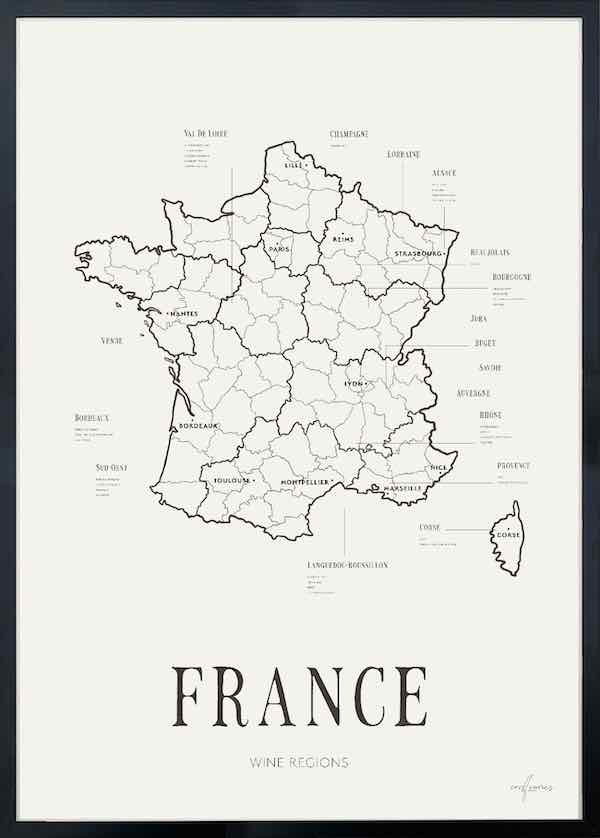Valentine's Day is one of the world's most beloved traditions, associated with love, romance, and friendship. But how did it all begin, and why is this day celebrated in so many different ways across the globe?
Here’s a closer look at its fascinating history and how it is observed worldwide.
The History of Valentine's Day
Valentine's Day has its roots in ancient Rome. The day is believed to have originated from Lupercalia, a pagan spring festival held on February 15. During this festival, fertility was celebrated, and people prayed for protection from evil spirits. Over time, as Christianity became the dominant religion, many pagan traditions were transformed into Christian holidays.
The modern Valentine's Day is linked to Saint Valentine, a Christian martyr from the 3rd century. According to legend, Valentine was a priest who defied Emperor Claudius II's ban on marriage for young men – a decree issued to strengthen the army. Valentine secretly performed weddings for couples, and for this, he was sentenced to death. He was executed on February 14, which led to the day being associated with love and martyrdom.
During the Middle Ages, particularly in England and France, the day gained popularity due to the belief that birds began to mate in mid-February. This reinforced its connection to romance, and poets like Geoffrey Chaucer helped establish Valentine's Day as a day for expressing love.
How Valentine's Day Is Celebrated Around the World
Today, Valentine's Day is celebrated in various ways across many countries, often incorporating unique cultural traditions and values.
Europe
United Kingdom: It is common to exchange love letters and cards, a tradition that dates back to the 1600s. Flowers and chocolates are popular gifts, and children often participate by making their own Valentine’s cards.
France: Known as one of the most romantic countries in the world, Valentine’s Day is celebrated with romantic dinners and the exchange of letters and jewelry. An old tradition called "loterie d'amour" (love lottery) involved singles pairing up randomly, though this custom has long disappeared.
Italy: Couples celebrate the day with romantic walks and dinners. "Baci Perugina," chocolate pralines with love notes, are a popular gift.
North America
United States: Valentine's Day is one of the year's biggest commercial holidays. Flowers, chocolates, jewelry, and cards are common gifts. Even schools participate, with children exchanging Valentine’s cards.
Canada: Similar celebrations to the U.S., with an emphasis on including friendship as part of the day’s observance.
Asia
Japan: Women take the initiative by giving chocolates to men, both to romantic partners and colleagues (called "giri-choco" or obligation chocolate). A month later, on March 14, "White Day" is celebrated, where men give return gifts.
South Korea: Similar traditions to Japan, but with an additional day, "Black Day," on April 14, when singles eat black bean noodles to mark their single status.
Philippines: Valentine's Day is often an occasion for mass weddings, with hundreds of couples getting married simultaneously in sponsored ceremonies.
Africa
South Africa: Valentine's Day is celebrated with flowers and romantic dinners. An old Roman tradition lives on where women wear the names of their loved ones on their sleeves.
Latin America
Mexico: Known as "Día del Amor y la Amistad" (Day of Love and Friendship), the day is celebrated with both romantic and friendly gestures. Flowers and chocolates are popular gifts.
Brazil: Valentine’s Day is not celebrated on February 14 but rather on June 12, the day before Saint Anthony’s Day, the patron saint of marriage.
Australia
Australia celebrates Valentine’s Day similarly to Western countries, with flowers, chocolates, and love notes. The festive spirit was particularly boosted during the gold rush, when miners bought extravagant jewelry and cards to impress their partners.
Valentine’s Day Today
Valentine’s Day is now a global celebration of love in all its forms – romantic, friendly, and even familial. Despite its commercialization, the day remains a reminder to appreciate those we hold dear, no matter where in the world we are.
The modern observance still carries traces of its historical roots, making Valentine’s Day a holiday that is both timeless and universal. 💕





























